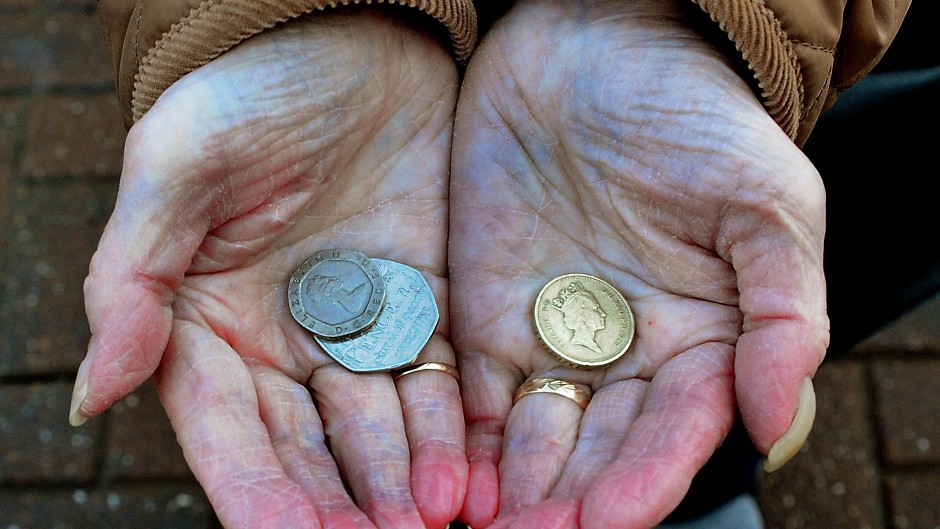Thousands of vulnerable people across the north and north-east have been given money to buy everyday essentials like nappies, food, clothing, shoes and to pay heating bills.
Welfare Minister Margaret Burgess said demand for the Scottish Welfare Fund, which has a budget of £33million, was high due to the impact of Westminster welfare reforms.
The fund, which opened in April last year, consists of crisis grants – which provide a safety net to low income households in a disaster or emergency – and community care grants, which help people to live independently.
A total of 3,760 households in deprived areas of Aberdeen, 1,485 in Aberdeenshire, 2,735 in the Highlands, 1,245 in Moray have benefited from funding.
New figures released yesterday showed 1,350 crisis grants worth £76,985 were handed out in Aberdeen between April and June this year.
A total of 350 community care grants worth £155,482 were awarded to people in the city.
In Aberdeenshire, 155 community care grants worth £59,221 and 405 crisis grants worth £30,110 were handed out during the same period.
A total of 965 crisis grants worth £64,130 and 350 community care awards totalling £212,277 were handed out to people who live in the Highlands.
In Moray, 125 applications for community care grants worth £78,914, and 365 crisis grants totalling £22,539 were accepted.
Crisis grants averaged around £70 per award and were mostly used to buy food and cover heating costs while community care grants averaged around £640 per award and were used for things like replacing carpets, flooring, cookers and washing machines.
More than 100,000 vulnerable households, including 32,000 families with children, across Scotland have been awarded money, which has come from the UK and Scottish governments and administered by local authorities.
Ms Burgess said the figures highlighted the need to give the Scottish Parliament control over welfare and employment powers.
“It is heart breaking to see the impacts of welfare reforms laid bare, with people coming forward and applying for help to buy everything from food to shoes to beds,” she added.
“These figures show that demand for the Welfare Fund is high and is reaching out to those in the most deprived areas of Scotland.”
